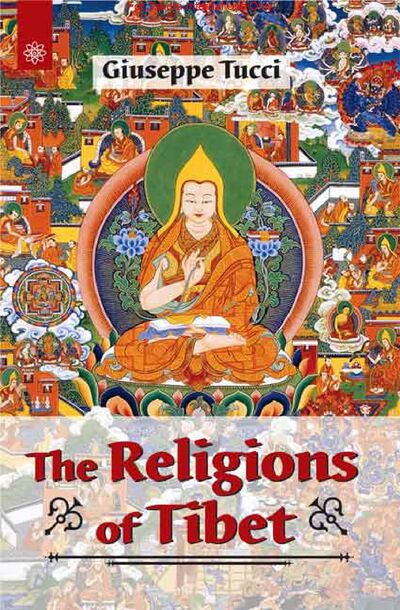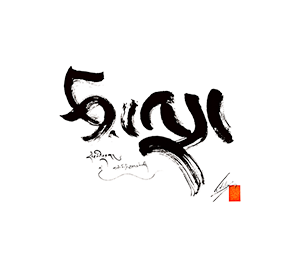No description given. The following is an excerpt from Turrell Wylie's review published in The American Historical Review, Volume 88, Issue 5, December 1983, Page 1309:
This book by Giuseppe Tucci, the internationally renowned Tibetologist, is a scholarly study of the religions of Tibet: Buddhism, the nameless "folk religion," and the system called Bon. The history of the spread of Buddhism in Tibet is divided in the indigenous tradition into the "early" and "later" stages. The first chapter of the book surveys the significant events of the early spread, which ended with the persecution of Buddhism in the ninth century, and the second reviews those of the later spread, beginning with the revival of Buddhism and the founding of great monasteries in the eleventh century. Chapter 3 deals with the general characteristics of "Lamaism" and the emergence of the major schools of Tibetan Buddhism, particularly the rNying ma pa, Sa skya pa, bKa' brgyud pa, and dGe lugs pa. Chapter 4 examines the doctrines held, both in common and in particular, by these schools, as well as the substantialism of the Jo nang pa and the quietism of the Zhi byed pa. The fifth chapter deals with the organization of the monastic community, the administration of the monastery and its property, and the religious calendar with its various festivals. Chapter 6 is devoted to the "folk religion," replete with its beliefs in benevolent and malevolent numina. Various apotropaic rituals intended to protect the individual, the family, the house, and other property are discussed in detail. This chapter shows clearly the contradiction between the intellectual preoccupation with Buddhist epistemology and ontology on the monastic level and the emotional concern with the existence of demonic powers and the vulnerability of the "soul" (bla) on the lay level. The final chapter deals with the Bon religion that predated Buddhism in Tibet. This chapter explores the religious milieu of the ancient monarchy and then examines the way in which Bon evolved over the centuries in competition with, and later in imitation of, Buddhism. An eight-page chronological table listing significant dates and events in Tibetan history is given at the end of the book.
Read more here . . .

